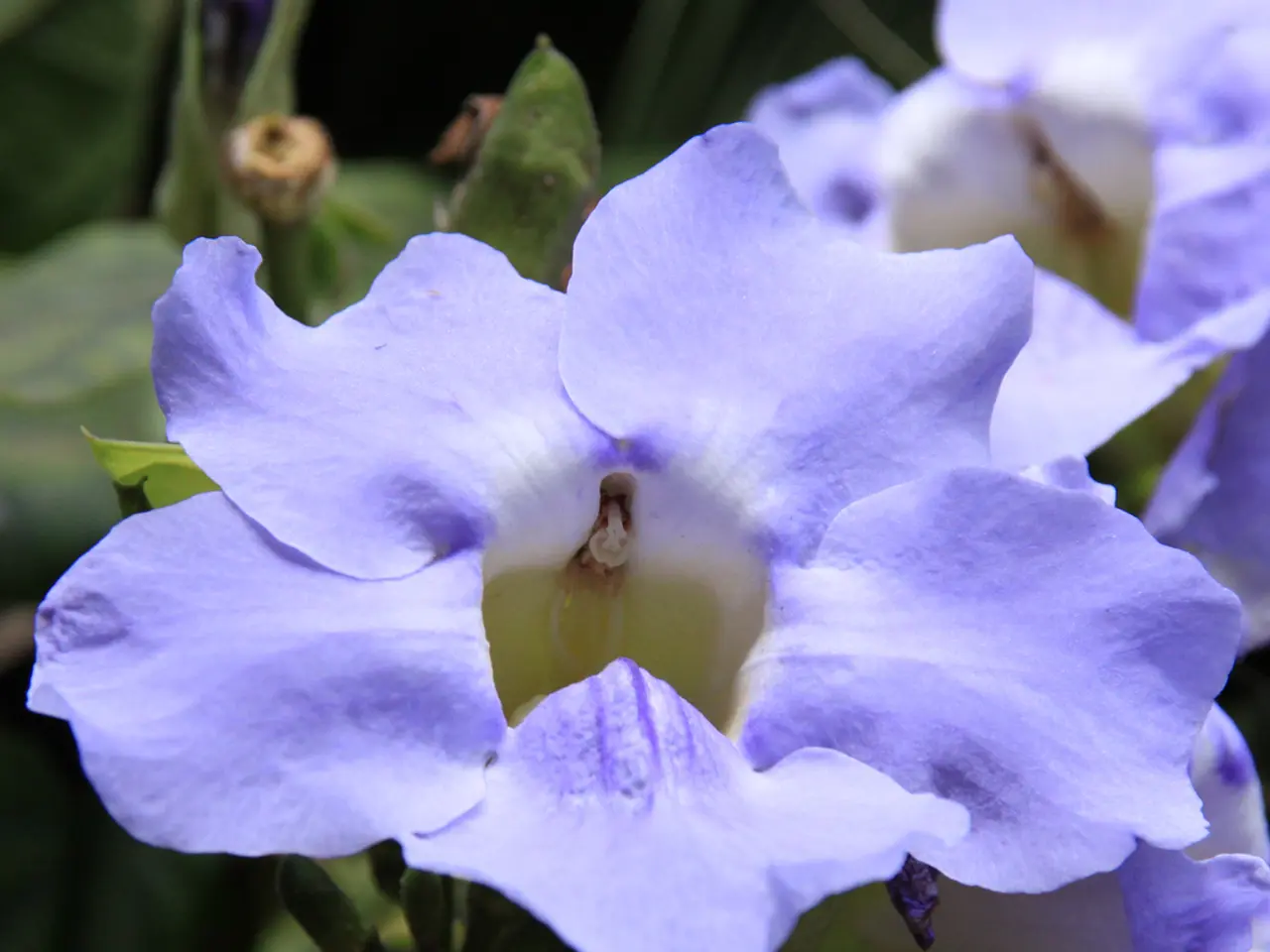Sow these 8 perennials in August for continuous flowering until autumn's end
August is the Perfect Time for Planting Autumn-Flowering Perennials
August marks the end of summer, but it's also the ideal time to prepare your garden for a colourful autumnal display. Thompson & Morgan sells Crocosmia 'Lucifer', a stunning deep red crocosmia variety, and Echinacea purpurea 'Primadonna Mixed', a multicoloured echinacea that attracts bees and butterflies.
Japanese anemones, Rudbeckia (Black-Eyed Susan), Asters, Echinacea (Coneflower), Sedum (Stonecrop), Joe Pye Weed, Bee Balm (Monarda), Butterfly Weed, and Catmint (Nepeta) are some of the best perennials to plant in August. These plants thrive in the warm soil and cooler air temperatures, enabling them to develop strong roots before winter, leading to robust flowering in autumn.
When planting these perennials, it's essential to prepare the soil first by removing weeds and loosening the earth. Dig a hole as deep and wide as the plant's root ball, gently remove the plant from its container, tease out any circling roots, and place it in the hole with the stem part above the soil surface. Backfill with soil and pack down firmly before watering.
Most of these perennials prefer full sun to partial shade and well-drained soil. Asters and echinacea require plenty of sunlight, but avoid overly dry spots by keeping the soil moist, especially during establishment. Sedum prefers drier, sunnier locations, while Joe Pye Weed likes moist soil.
Water newly planted perennials regularly to help roots establish, but avoid waterlogging. Mature plants like echinacea tolerate dry spells once settled. Provide enough space for air circulation to reduce fungal issues, especially for bee balm, which can be prone to powdery mildew. Taller varieties like some asters may need staking to prevent flopping in wind or rain.
Regular deadheading of heleniums encourages future growth and longer spells of color into autumn. Taller varieties of heleniums may benefit from staking, and adding a layer of mulch will help retain moisture and suppress weeds when planting perennials.
Perennials like these are easy to grow and require low maintenance. After planting, keep an eye on them for the next few weeks while they settle in. Once established, many of these perennials are low-maintenance and will return year after year, adding consistent late-season color and supporting pollinators like butterflies and hummingbirds.
For a vivid autumn garden edging or border, combine these perennials with late annuals such as cosmos or zinnias planted from seed for quick blooms into fall. Salvias like light, well-drained soil and once planted in a sunny spot sheltered from cold winds, they are drought-tolerant and will thrive with very little effort.
Amazon offers Crocosmia Large Flowering Mix, a variety of colours of crocosmia, and J. Parker's offers Rudbeckia Goldsturmm, a popular yellow Black Eyed Susan variety. Suttons sells Rudbeckia 'All Sorts Mixed', a variety that includes spectacular doubles, singles, and quilled types. Primrose sells Echinacea Purpurea Magnus, a soft purple echinacea variety, and J. Parker's sells the vibrant purple Salvia nemorosa 'Caradonna'.
Soil is still warm in August, which helps roots settle in quickly. Cooler evenings in August reduce the stress on new plants compared to the consistently higher temperatures in June and July. Planting these perennials in August takes advantage of the warm soil and cooler air temperatures, enabling them to develop strong roots before winter, which leads to robust flowering in autumn.
When planning for a colorful autumn garden, consider adding home-and-garden perennials like Crocosmia 'Lucifer' or Echinacea purpurea 'Primadonna Mixed', which thrive in August's warm soil and cooler air temperatures. With proper care and lifestyle, these autumn-flowering perennials can develop strong roots and offer a vibrant lifestyle to your home-and-garden, providing a stunning display and attracting bees and butterflies.




